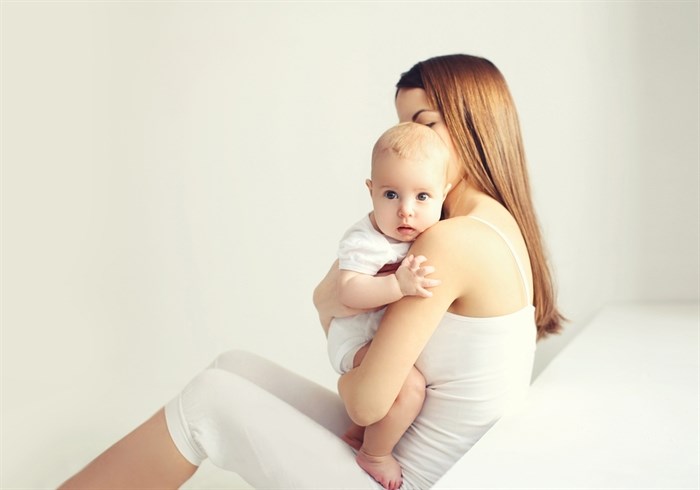
Image Credit: Shutterstock
May 29, 2021 - 6:00 PM
Kelowna had the second lowest fertility rate amongst major population centres in Canada in 2019 and Kamloops is not far behind.
That’s according to fertility data that an Ontario university professor contracted with Statistics Canada to collect for his research.
“I looked at the ranking of 35 census metropolitan areas and I was struck by the fact that Kelowna and Victoria and Vancouver had really, really, really low fertility rates,” Don Kerr, a demographer at King's College at Western University in London, Ont., told iNFOnews.ca. “By international standards, by historical standards, it’s really getting down there.”
For a long time, B.C.’s fertility rate has been below the Canadian average of 1.47 children for each woman of child-bearing age.
Kelowna is at 1.12, second only to Victoria at 1.03 for major cities in Canada.
That’s one child below the 2.1 rate needed for a population to reproduce itself.
A Statistics Canada report says the fertility rate in Canada was 3.94 in 1959.
Kamloops also ranks low at 1.26 while Vernon (1.51) and Penticton (1.58) are above the national average. Many smaller cities in B.C. are in the 1.7 to 1.8 range.
Kerr can only speculate as to why B.C. as a whole and Kelowna, in particular, are so low.
“There’s some sort of institutional set-up in British Columbia which deserves further study, a culture in British Columbia that’s different from other parts of Canada that deserves further study to explain your relatively lower fertility rate,” he said.
One possibility is the cost and access to daycare.
Quebec has the most affordable and universal daycare system in the country. Not only does it have a much higher than average fertility rate (1.65) but it also has a higher female employment rate, he said.
Economics can play a factor as well but it’s hard to pinpoint its real impact.
Economically-challenged Newfoundland and Nova Scotia have some of the lowest fertility rates in the country.
But it would be wrong to assume that higher-income areas would, therefore, produce more children.
Kelowna is a perfect example of a higher-income city with lots of high-tech jobs. But housing is also very expensive so women may be putting off having babies until their careers and finances permit it.
It’s also a misperception to assume that cities with a high number of immigrants have higher fertility rates.
“It surprises a lot of Canadians that the total fertility rate of immigrants is lower than all of Canada,” Kerr said.
They also have a higher life expectancy.
Both are due to the fact that Canada’s immigration policy tends to favour higher income, better educated and, therefore, healthier immigrants.
This data was collected before the COVID pandemic, which seems to have led to even fewer babies being born.
READ MORE: AP analysis: The expected COVID baby boom may be a baby bust
That, combined with a halt to most immigration during the pandemic could trigger a significant decline in fertility rates for 2020, Kerr speculated.
Since Kerr had to contract Statistics Canada to compile the data, it is not publicly available.
To contact a reporter for this story, email Rob Munro or call 250-808-0143 or email the editor. You can also submit photos, videos or news tips to the newsroom and be entered to win a monthly prize draw.
We welcome your comments and opinions on our stories but play nice. We won't censor or delete comments unless they contain off-topic statements or links, unnecessary vulgarity, false facts, spam or obviously fake profiles. If you have any concerns about what you see in comments, email the editor in the link above.
News from © iNFOnews, 2021